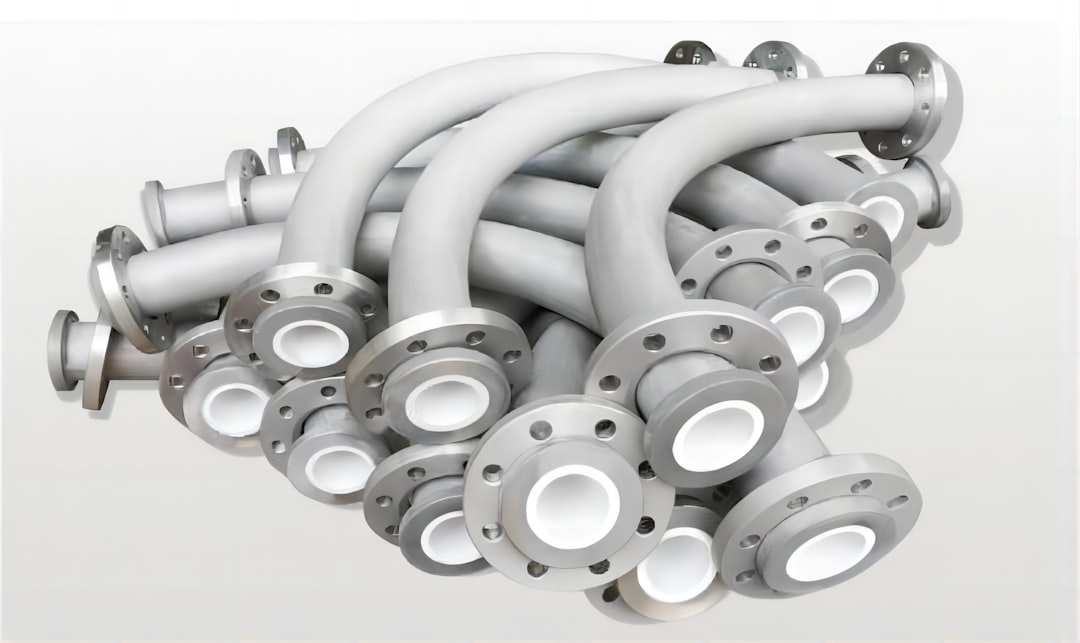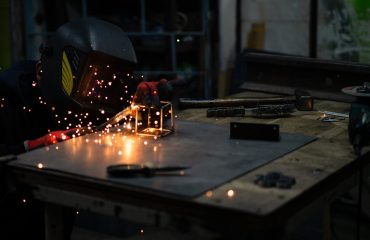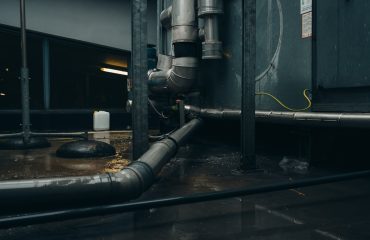body {
font-family: sans-serif;
line-height: 1.6;
}
h1, h2, h3 {
color: #333;
}
Industrial pipes are the unsung heroes of manufacturing. These seemingly simple components are the lifeblood of countless processes, transporting vital fluids, gases, and slurries throughout factories and plants. Choosing the right industrial pipes is crucial for efficiency, safety, and the longevity of your operation. This comprehensive guide dives deep into the world of industrial piping, providing essential insights for manufacturers of all sizes.
1. Choosing the Right Material: A Foundation for Success
The material of your industrial pipes is the most critical decision. The choice depends heavily on the substance being transported, the operating temperature and pressure, and the environment. Common materials include:
- Carbon Steel: A versatile and cost-effective option for many applications, offering good strength and durability. However, it’s susceptible to corrosion, especially in harsh environments. Suitable for water, steam, and some gases under moderate conditions.
- Stainless Steel: Highly resistant to corrosion and oxidation, making it ideal for handling chemicals, corrosive fluids, and high-purity substances. Different grades (like 304 and 316) offer varying levels of corrosion resistance. More expensive than carbon steel.
- Ductile Iron: Offers excellent strength and ductility, making it resistant to impact and stress. Often used for water and wastewater applications, as well as in underground piping systems.
- PVC (Polyvinyl Chloride): A lightweight and corrosion-resistant plastic pipe, suitable for low-pressure applications like chemical drainage and water distribution. Not suitable for high temperatures or pressures.
- CPVC (Chlorinated Polyvinyl Chloride): A higher-temperature version of PVC, offering greater resistance to heat and chemicals. Used in hot water systems and chemical processing.
Careful consideration of the material’s properties is paramount to prevent leaks, failures, and costly downtime.
2. Pipe Sizing and Flow Calculations: Optimizing Your System
Correct pipe sizing is crucial for efficient fluid transport. Undersized pipes lead to increased pressure drops, reduced flow rates, and potential equipment damage. Oversized pipes are wasteful and unnecessarily expensive. Accurate sizing requires understanding:
- Flow Rate: The volume of fluid to be transported per unit time (e.g., gallons per minute).
- Fluid Properties: Viscosity, density, and temperature influence flow characteristics.
- Pipe Length and Fittings: Elbows, valves, and other fittings increase friction and pressure drop.
- Pressure Drop Allowable: The maximum acceptable pressure loss across the pipe system.
Specialized software and engineering calculations are often used to determine the optimal pipe diameter for a given application. Ignoring these calculations can lead to significant inefficiencies and operational problems.
3. Industrial Pipe Installation: Precision and Safety
Proper installation is critical for a long-lasting and safe piping system. This involves careful planning, adherence to codes and regulations, and skilled labor. Key aspects include:
- Support Structures: Pipes need adequate support to prevent sagging and stress on joints.
- Joint Integrity: Proper welding, threading, or flanging techniques are essential to ensure leak-free connections.
- Insulation (where necessary): Insulation protects pipes from extreme temperatures and prevents energy loss.
- Testing and Inspection: Pressure testing is crucial to identify leaks before the system goes into operation.
- Safety Procedures: Workers must follow strict safety protocols to prevent accidents and injuries during installation.
Cutting corners during installation can lead to catastrophic failures and significant safety hazards.
4. Maintaining Your Industrial Piping System: Preventing Problems
Regular maintenance is essential to extend the lifespan of your piping system and prevent costly repairs. A proactive maintenance program should include:
- Visual Inspections: Regularly check for signs of corrosion, leaks, damage, or wear and tear.
- Pressure Testing: Periodic pressure tests help identify hidden leaks or weaknesses.
- Cleaning and Flushing: Regular cleaning removes deposits and prevents blockages.
- Repair and Replacement: Promptly address any issues identified during inspections to prevent further damage.
- Documentation: Maintain detailed records of inspections, repairs, and replacements.
A well-maintained piping system ensures uninterrupted production and minimizes the risk of unexpected downtime.
5. Common Issues and Troubleshooting: Identifying and Solving Problems
Despite careful planning and maintenance, problems can still arise. Common issues include:
- Leaks: Caused by corrosion, faulty joints, or external damage. Requires immediate attention to prevent further damage and potential safety hazards.
- Corrosion: Can weaken pipes and lead to leaks or failures. Proper material selection and protective coatings can mitigate corrosion.
- Blockages: Caused by debris or deposits. Regular cleaning and flushing can prevent blockages.
- Erosion: Caused by the abrasive action of the fluid being transported. Using appropriate pipe materials and flow control can reduce erosion.
- Vibration: Can cause fatigue and failure of pipes and fittings. Proper support structures and vibration dampeners can reduce vibration.
Understanding common issues and their causes allows for quicker diagnosis and more effective troubleshooting.
By carefully considering material selection, pipe sizing, installation, maintenance, and potential problems, manufacturers can ensure their industrial piping systems operate efficiently, safely, and reliably for years to come.
SEO Tags:
Industrial pipes, manufacturing pipes, pipe sizing, pipe materials, industrial pipe maintenance




